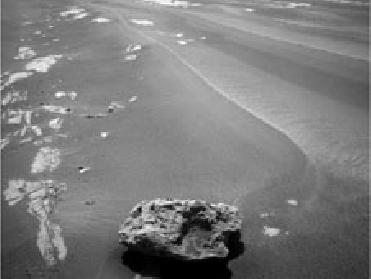
A picture of
PASADENA (BNS): NASA�s Mars Rover Opportunity has come across a metallic meteorite the size of a watermelon and making a detailed study, which is helping researchers know the Martian atmosphere and its environmental history in more detail.
The rock, dubbed �Block Island,� is larger than any other known meteorite on the Red planet. Scientists believe it is too massive to have hit the ground without disintegrating unless Mars had a much thicker atmosphere than it has now when the rock fell. The planet�s atmosphere slows descent of meteorites. Additional studies also may provide clues about how weathering has affected the rock since it fell.
The rock was detected two weeks ago in a Martian region named Meridiani Planum. Opportunity had captured the one-feet high, two-feet long rock�s image. It has a bluish tint that distinguishes it from other objects in the area, NASA said.
�There�s no question that it is an iron-nickel meteorite,� said Ralf Gellert of the University of Guelph in Ontario, Canada. �We already investigated several spots that showed elemental variations on the surface. This might tell us if and how the metal was altered since it landed on Mars,� said the lead scientist for the rover's alpha particle X-ray spectrometer, an instrument on the arm used for identifying key elements in an object.
The microscopic imager on the arm revealed a distinctive triangular pattern in Block Island's surface texture, matching a pattern common in iron-nickel meteorites found on Earth.
�Normally this pattern is exposed when the meteorite is cut, polished and etched with acid,� said Tim McCoy, a rover team member from the Smithsonian Institution in Washington. �Sometimes it shows up on the surface of meteorites that have been eroded by windblown sand in deserts, and that appears to be what we see with Block Island.�
Rover Opportunity had found a smaller iron-nickel meteorite named �Heat Shield Rock� in late 2004. The Block Island is about 10 times as massive as the Heat Shield Rock, the space agency said.
�Consideration of existing model results indicates a meteorite this size requires a thicker atmosphere,� said rover team member Matt Golombek at NASA�s Jet Propulsion Laboratory here. �Either Mars has hidden reserves of carbon-dioxide ice that can supply large amounts of carbon-dioxide gas into the atmosphere during warm periods of more recent climate cycles, or Block Island fell billions of years ago.�
Albert Yen, a rover team member at JPL, said, �We have lots of iron-nickel meteorites on Earth. We're using this meteorite as a way to study Mars. Before we drive away from Block Island, we intend to examine more targets on this rock where the images show variations in color and texture. We're looking to see how extensively the rock surface has been altered, which helps us understand the history of the Martian climate since it fell.�
 Previous Article
Previous Article Next Article
Next Article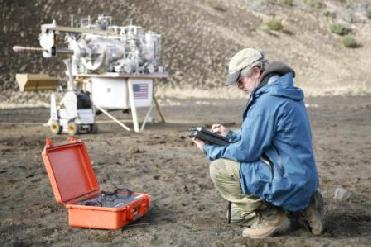
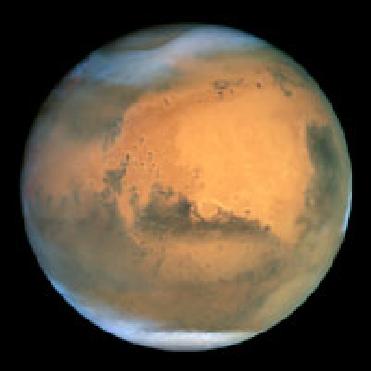
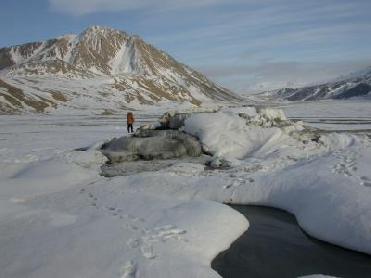
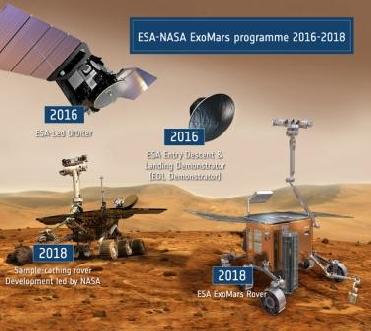










The Indian Air Force, in its flight trials evaluation report submitted before the Defence Ministry l..
view articleAn insight into the Medium Multi-Role Combat Aircraft competition...
view articleSky enthusiasts can now spot the International Space Station (ISS) commanded by Indian-American astr..
view article